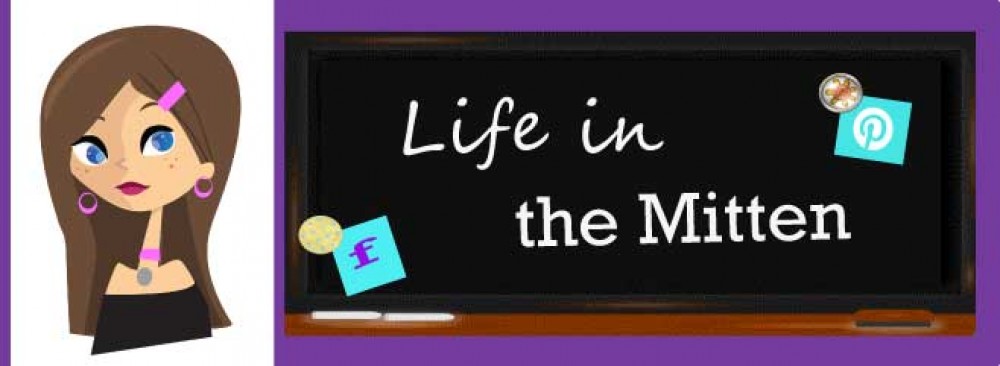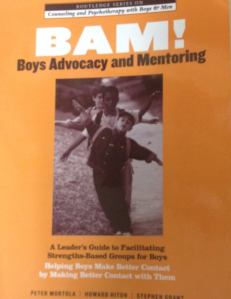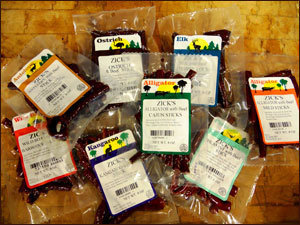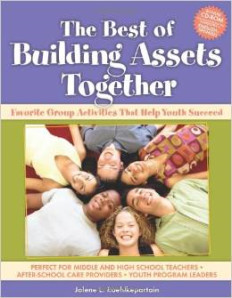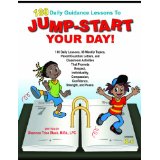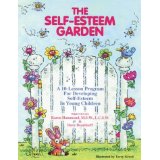I am spending some time this summer getting my resources in check for meeting my Michigan Comprehensive Guidance goals and more importantly for meeting students needs when the busy school year begins. Here are a few of my favorite things…
I was so fortunate to be able to hear David Opalewski, M.A. speak at Van Buren County this past year. I was eager to add his resource, Answering the Cry for Help to my counseling resources. Published through the National Center for Youth Issues, this particular publication provides guidelines to promote awareness about risks, discusses methods for prevention, provides resources for intervention and provides education and training for Crisis Team members to manage possible situations and scenarios.
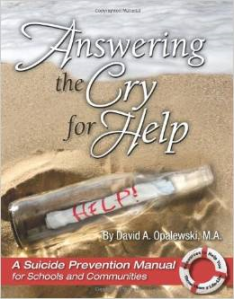
I am fortunate to work with a colleague from Well of Grace Ministry, here in southwestern Michigan for middle school “girl groups” to focus on boundaries, making good decisions, and self esteem. I was disappointed to find that while gender specific resources for girls seem plentiful, resources for boys are limited. Without delving into the politics and reasons this might be; I took one look at data and thought about my own experience as the mother of 5 boys and my energy went towards finding resources.
BAM – there it was, Boys Advocacy and Mentoring. A manual with specific lesson plans, stories, gender specific guidance for facilitators, and research. BAM is a pro-active program whose goal is to instill positive skills and patterns in ‘at-risk’ boys, rather than waiting to address problems after they are already visible. The groups are designed to foster communication skills and emotional connections. Boys in BAM are encouraged to understand their emotions and interpersonal interactions without losing a sense of ‘maleness’ as a result of emotional growth and communication with peers about personal issues.
*Note: In reading about BAM on line, one user shared an activity that they incorporated into each session and indeed, the boys LOVED coming to group for this ice breaker! The facilitator had a Food Fear Factor at every session. Either the combination was absurd or the food itself was “exotic”. Either way, if the boys chose to take the challenge then it was an exercise in stepping outside your comfort zone and calculated risk. If boys chose to abstain from the challenge then it became an exercise in standing up to peer pressure. I was delighted to use a local product (and the business of a family friend) to accommodate MANY of my Food Fear Factors (it was more of a novelty because ALL of their meats – no matter how exotic are EXCELLENT… no real fear there!) http://www.zicksmeats.com
Resource number three that I love is The Best of Building Assets Together. This is a Search Institute resource and is an engaging, research based collection of 166 different ice breakers, role plays, activities, discussions based on the 40 Developmental Assets that help youth to succeed.
My next great find is called Jump Start! Weekly Lessons. It is a K-6 resource, but I feel like it could be appropriate for 7th and 8th in certain context. There are 180 lessons that take 36 topics and break them down into 2 minute daily reflections. I love this as a positive behavior support tool. I would love to see each lesson as a part of morning announcements, or as a slide on our televised announcement board each day. Topic include Helping Others, Going Above and Beyond, Compassion, Being a Leader, etc. The weekly lesson is then broken down into the following format for each topic or trait:
Monday – Inspiration – announce the weekly goal, clarify and define the topic
Tuesday- Rationale – explains the reason students should strive for the goal
Wednesday – Role Model – tidbits related to famous people who exemplify the goal or topic
Thursday – Connections – students are given ways they can achieve this goal in school, at home, in their community
Friday – What Would You Do – a scenario requiring reflection on responsible choices for the weekly goal or topic.
My final resource at this time is considered for “young children” grades 2-5. My experience is that it is most appropriate for 4-5, maybe 6th grade. The premise is an analogy between growing a garden (the tools, tending, care, planting, weeding) and growing your self esteem (the tools, self care, support, skills, boundaries). The ten lessons are inclusive, motivating and could be tailored for individual, small group or classroom guidance.
With a variety of strong resources to start the school year, the path to success is already under construction. These affordable, research based, and personally tested/recommended resources are valuable tools for meeting student needs.
